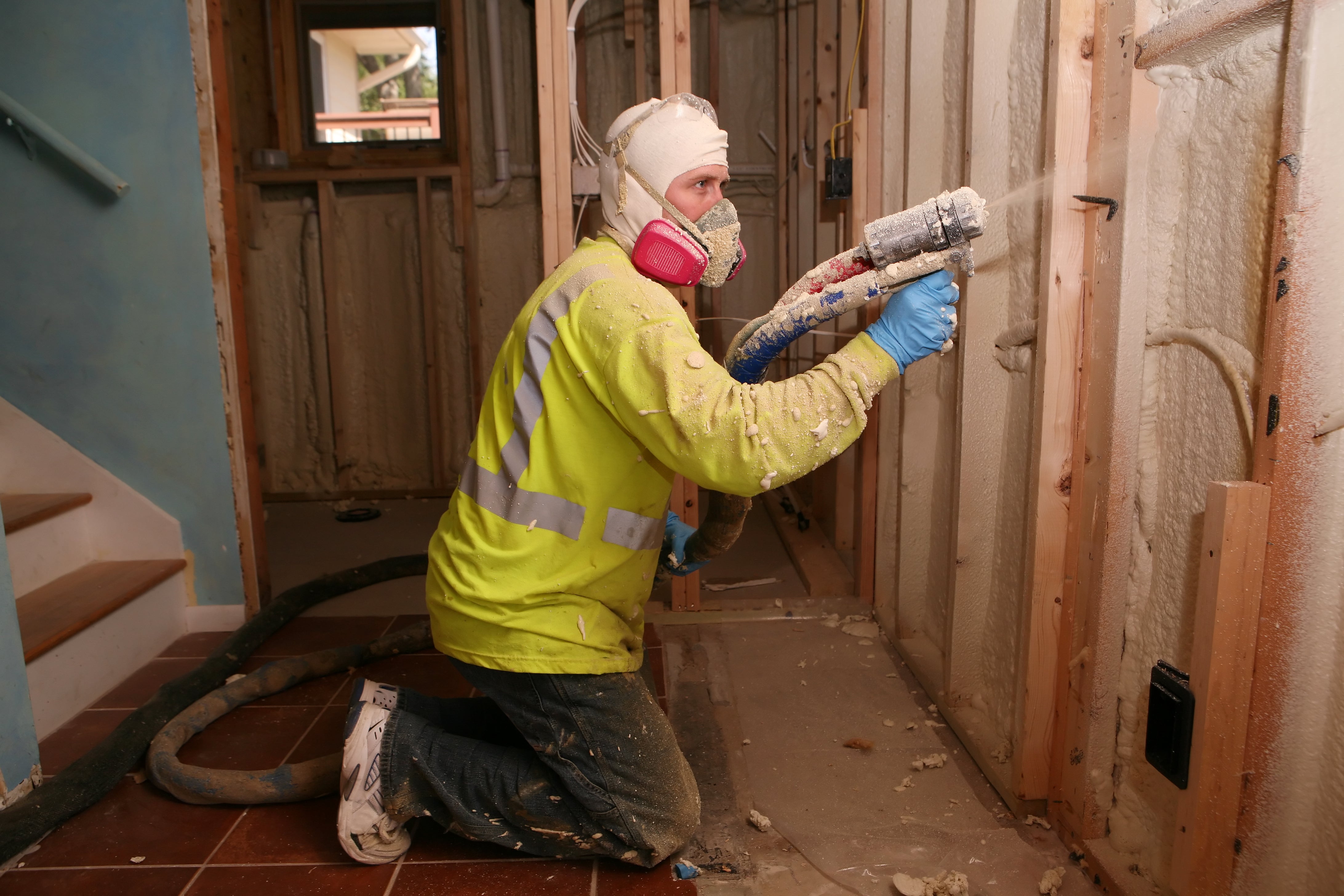Warning over common building material tanking UK home values
Around 250,000 homes are thought to have the long-standing insulation material in their roofs

Your support helps us to tell the story
From reproductive rights to climate change to Big Tech, The Independent is on the ground when the story is developing. Whether it's investigating the financials of Elon Musk's pro-Trump PAC or producing our latest documentary, 'The A Word', which shines a light on the American women fighting for reproductive rights, we know how important it is to parse out the facts from the messaging.
At such a critical moment in US history, we need reporters on the ground. Your donation allows us to keep sending journalists to speak to both sides of the story.
The Independent is trusted by Americans across the entire political spectrum. And unlike many other quality news outlets, we choose not to lock Americans out of our reporting and analysis with paywalls. We believe quality journalism should be available to everyone, paid for by those who can afford it.
Your support makes all the difference.Homeowners have been warned against using a common type of insulation as research shows it is causing resale values to plummet.
A quarter of major UK mortgage providers will not lend against homes with spray foam insulation, a new report from the BBC has shown.
As many as 250,000 homes in the UK are estimated to have some kind of spray foam in the roof. It can be a cost-effective way to secure heat, but issues with the material have begun to surface in recent years.
Concern over wrongly fitted spray foam insulation is causing some mortgage firms to avoid dealing with homes that contain it. In worst cases, it can put stress on timber foundations, prevent air circulation and put roofs at risk of decay.
The common insulation material has been used to stop heat escaping from roofs since the 1970s. It is a form of liquid insulation that is applied with a spray gun, rapidly expanding to fit the area it is used in.

It comes in two forms, open cell and closed cell. Open cell spray foam will become rigid once set, while closed cell will remain somewhat soft. If applied properly, it is considered safe.
Of the 20 largest lenders in the UK, five said they would not lend against properties with spray foam in the roof space. These were TSB Bank, Skipton Building Society, Co-operative Bank, Principality and Aviva.
This can put homeowners with spray foam in a difficult position and could devalue their property – whether the insulation has been applied properly or not.
The HomeOwners Alliance (HOA) has issued a warning over the insulating material. They advise households with spray foam insulation to first check the condition of their spray foam insulation.
If there are no issues it should be perfectly safe and some lenders, such as Nationwide, have confirmed that they consider lending against properties with spray foam on a case-by-case basis.
The HOA has also joined other industry figures in calling for greater regulation over the installation of spray foam. They also advise against engaging with “dodgy” removal firms and legal firms wanting to pursue cases of miselling.
Both the installation and removal of spray foam insulation should be done by a professional tradesman. For those who are unsure, websites like Checkatrade allow customers to verify the reputation of these experts.
Join our commenting forum
Join thought-provoking conversations, follow other Independent readers and see their replies
Comments